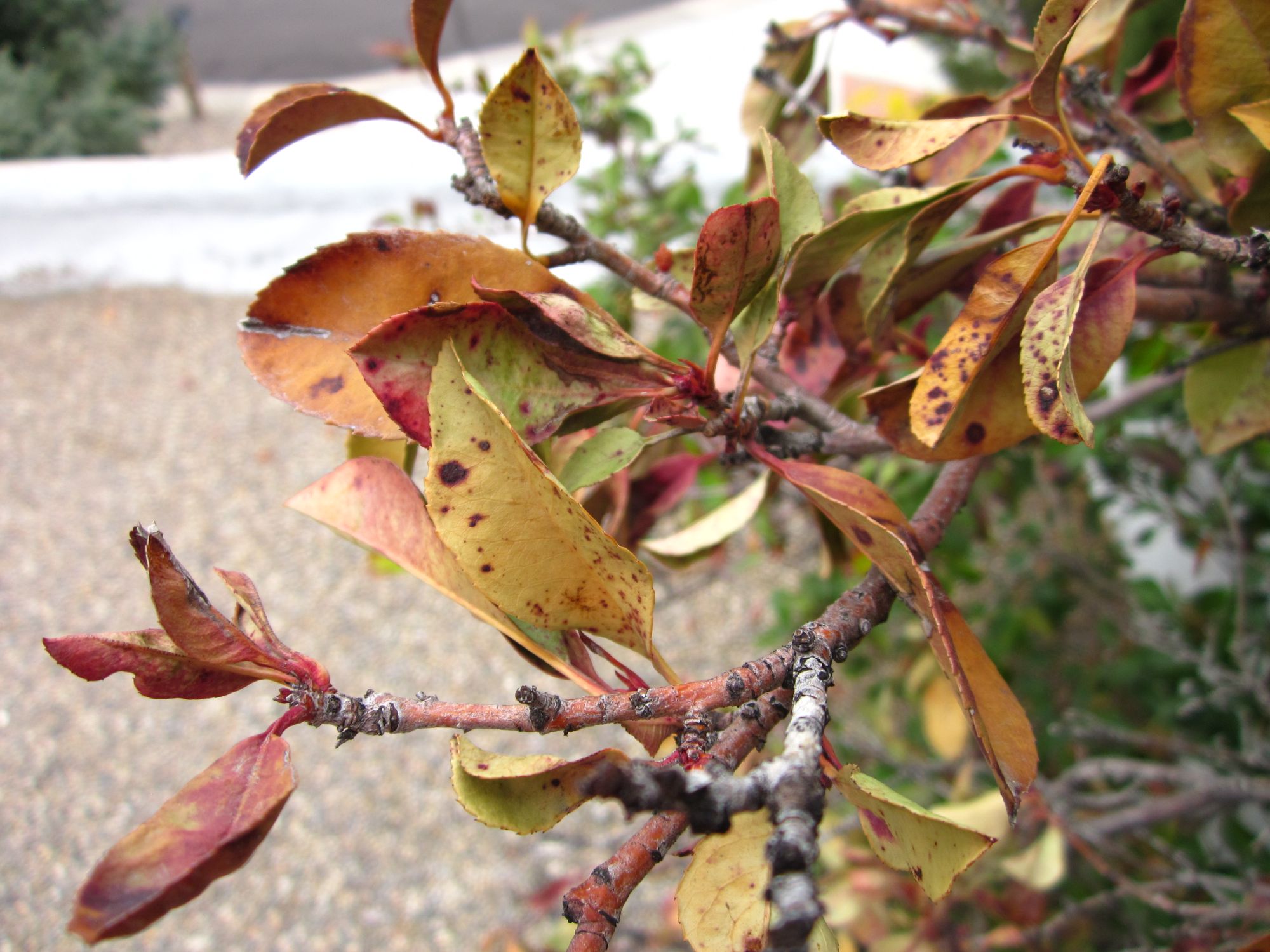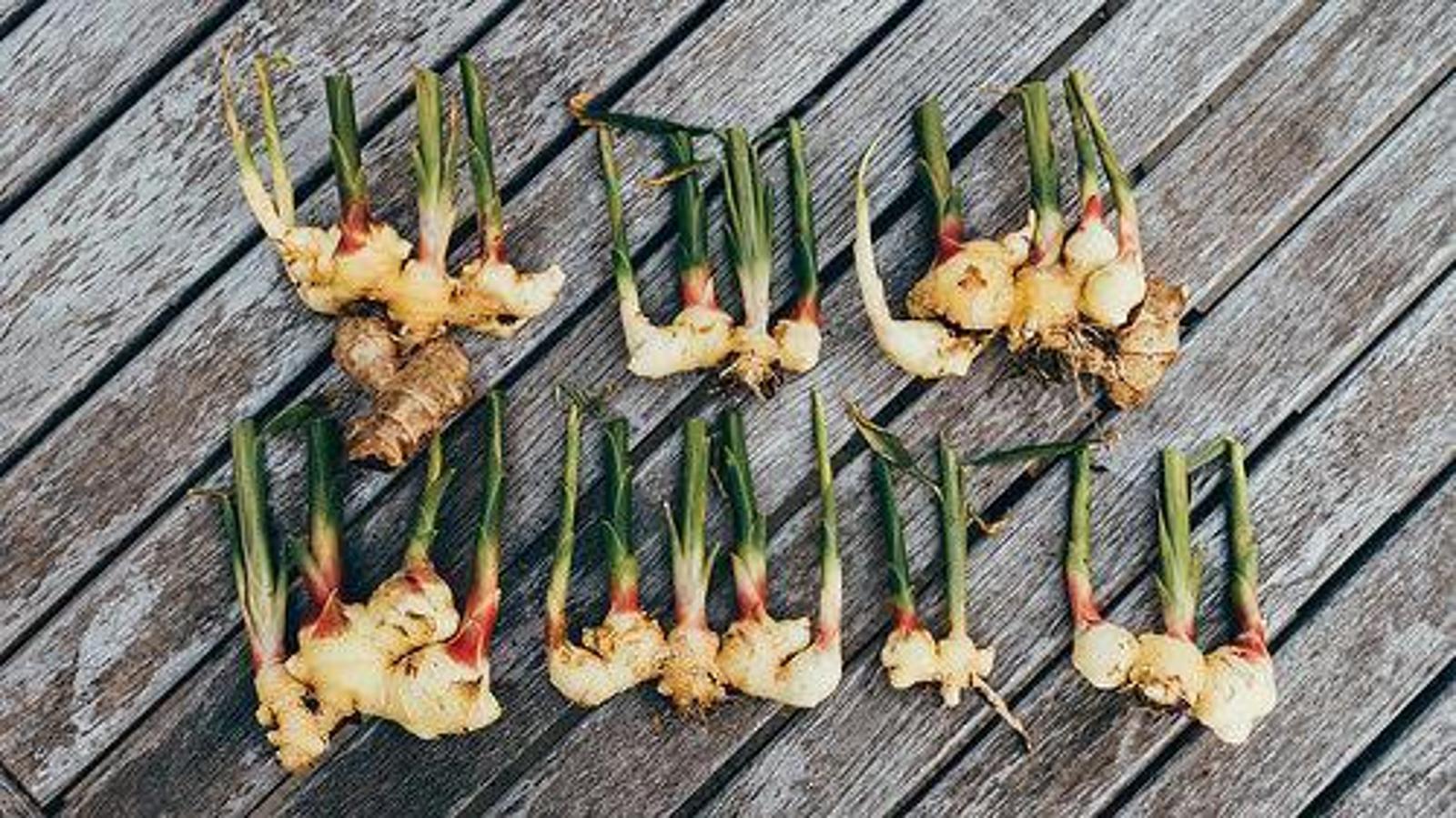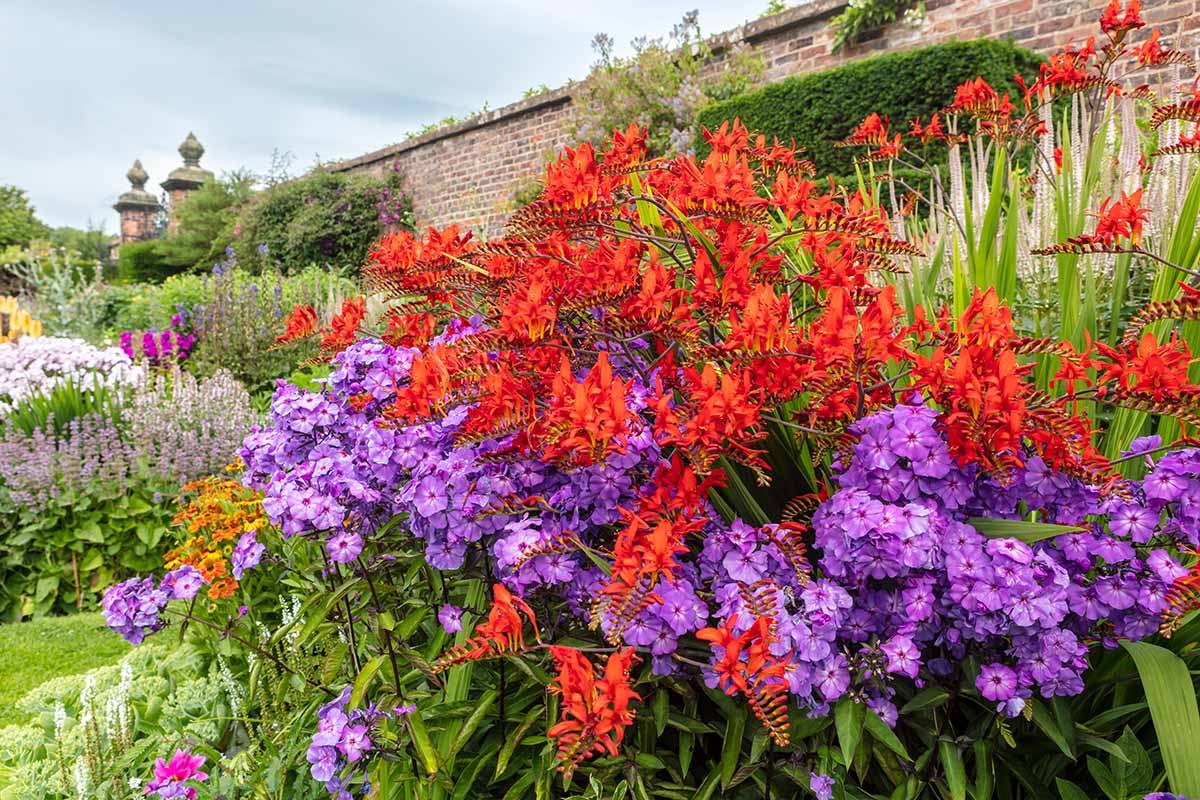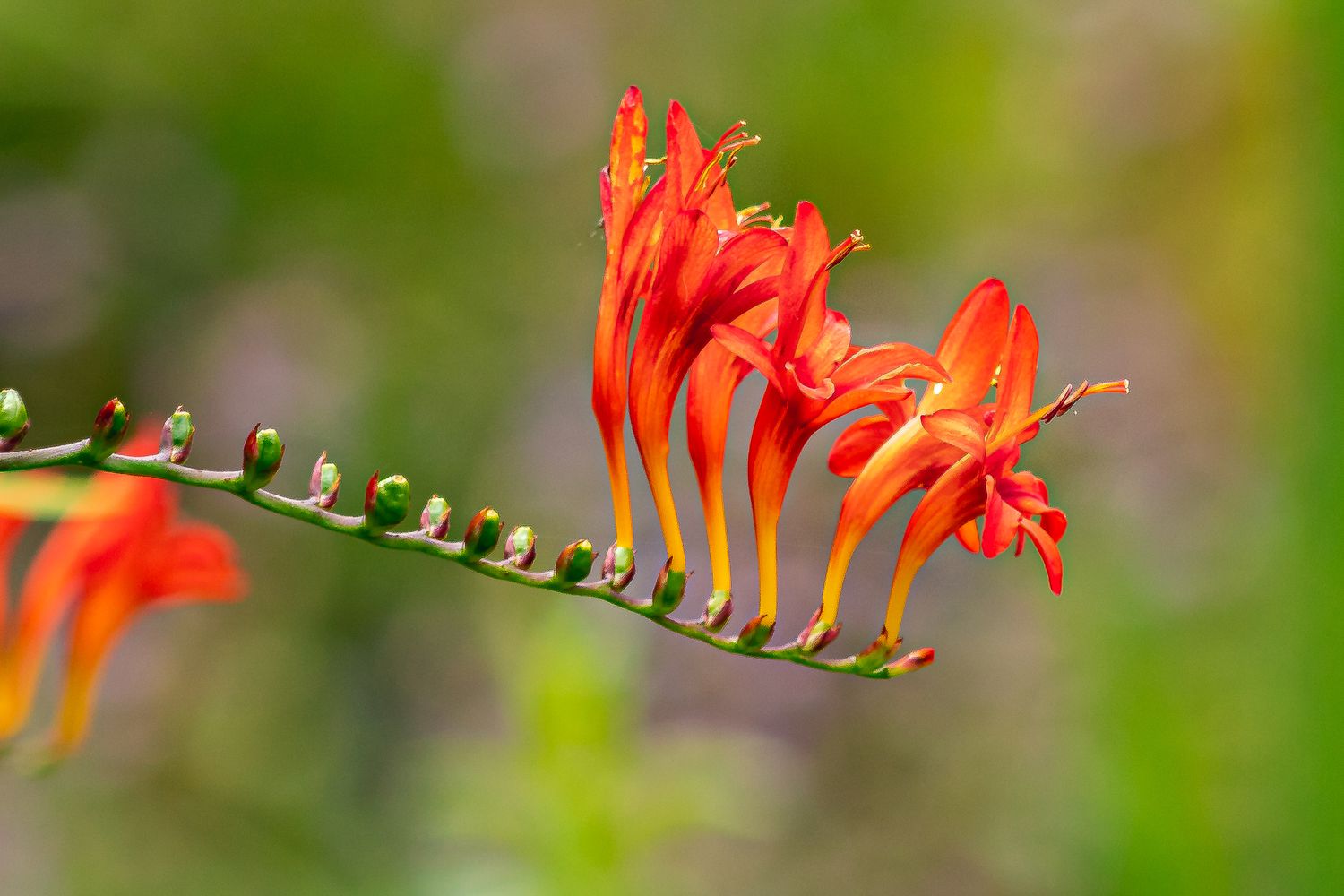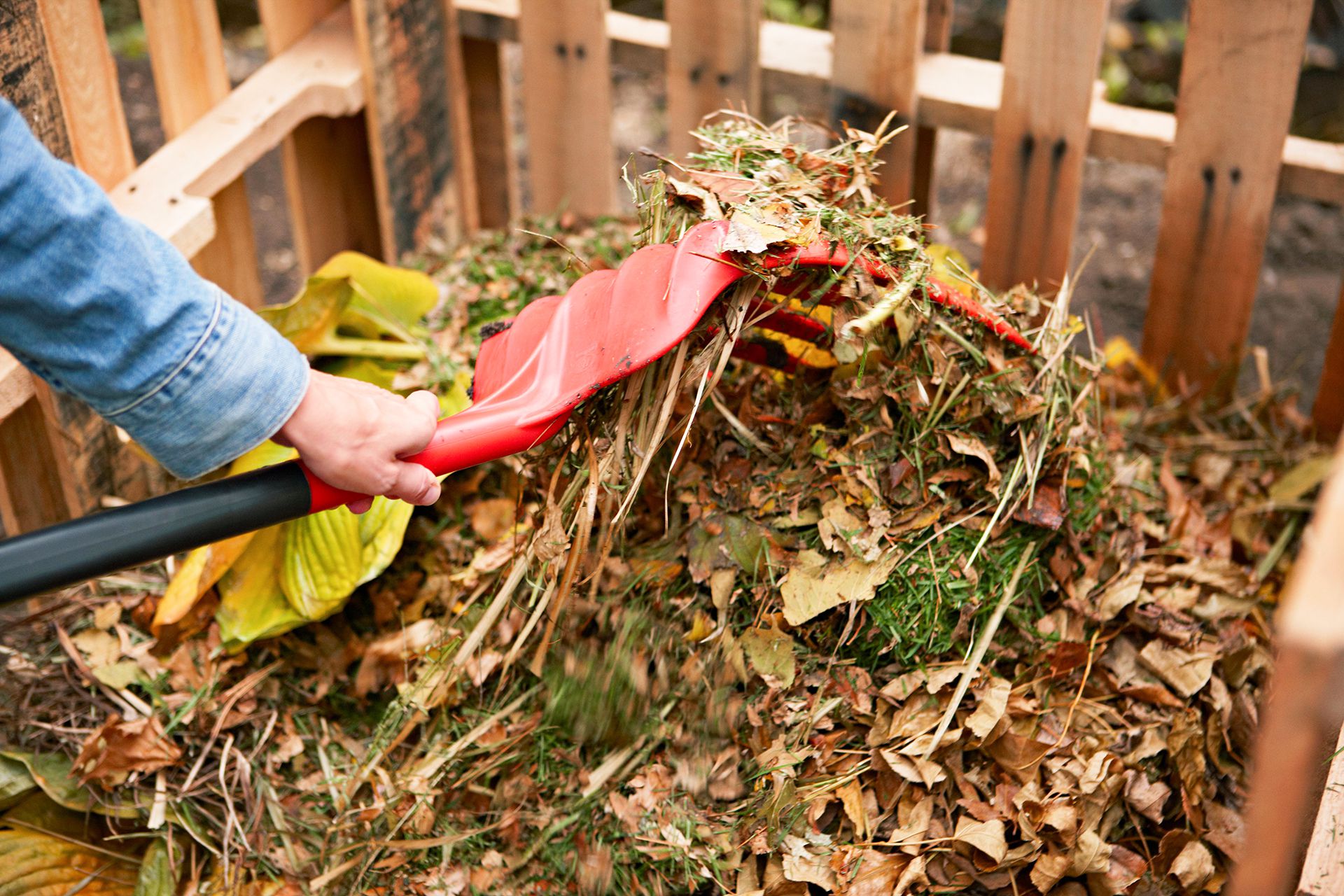Spiky Plants that Grow by Water
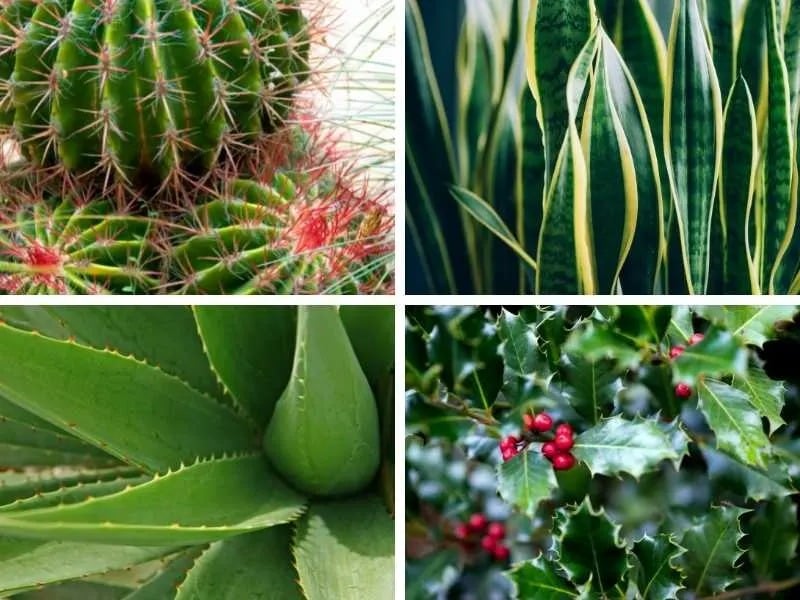
Table of Contents
Whenever we think of a spiky plant, we immediately assume a plant with sharp thorns that grows only within deserted areas without an adequate amount of water. Right? Even though this assumption is relatively valid, there are some spikey or thorny vegetative germinations with the right amount of soil and proper watering.
There are many varieties of spiky bushes available which grow by water. However, these plants mostly get seen as a defensive fence around the home gardens to exhibit illegal property trespassing. Moreover, specific plants with thorns can secure your gardens and beautify them.
So, in this article, we will see some interesting spiky plants that favor water infusion within a certain limit.
Thorny Plants that Grow by Water
Plants or shrubs with sharp thorns are usually considered deserted vegetation with almost no need for watering. However, there are some thorny plants available that need not frequent but proper watering. The following plants are examples of the same.
1. Hawthorn
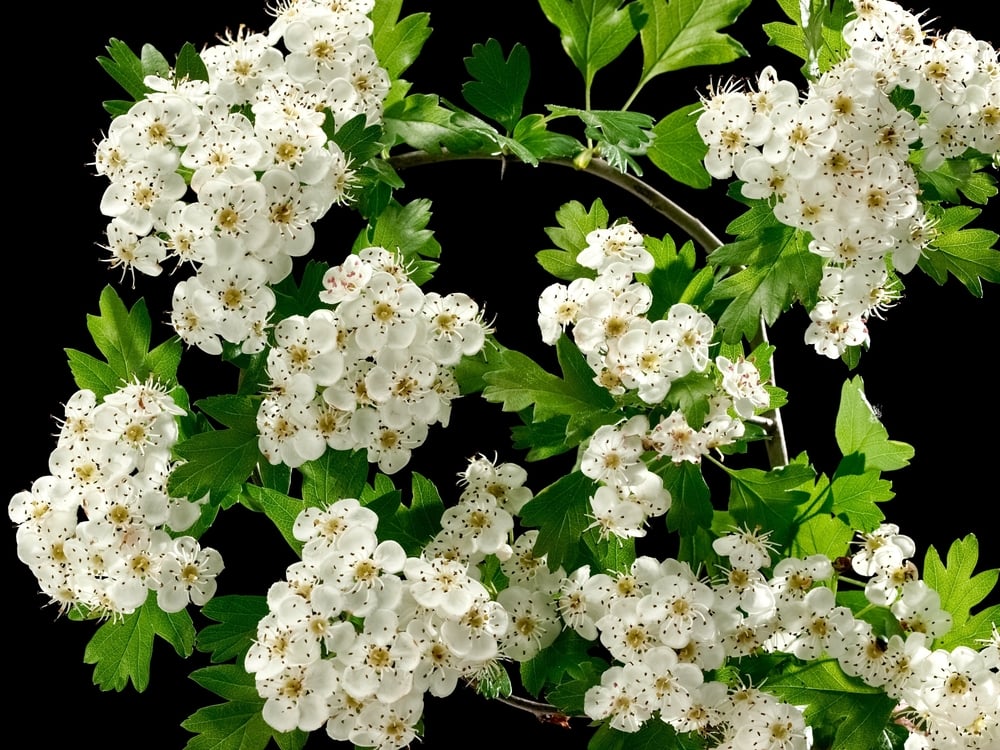
Genus – Crataegus
Family – Rosaceae
Hawthorn is a thorny vegetation, and most species of Hawthorn are typically seen around North American regions. However, Hawthorn’s different species are propagated especially for garden ornamenting or for home defense barrier purposes. These ornamental species with stiff woody branches produce sharp twigs along with beautiful flowers as well as fruits.
Some of the newly cultivated hawthorn species need regular maintenance along with proper watering. For instance, quickthorn prefers watering once a week at its early growing stage. After its proper growth, it requires frequent trimming and adequate watering.
2. Firethorn
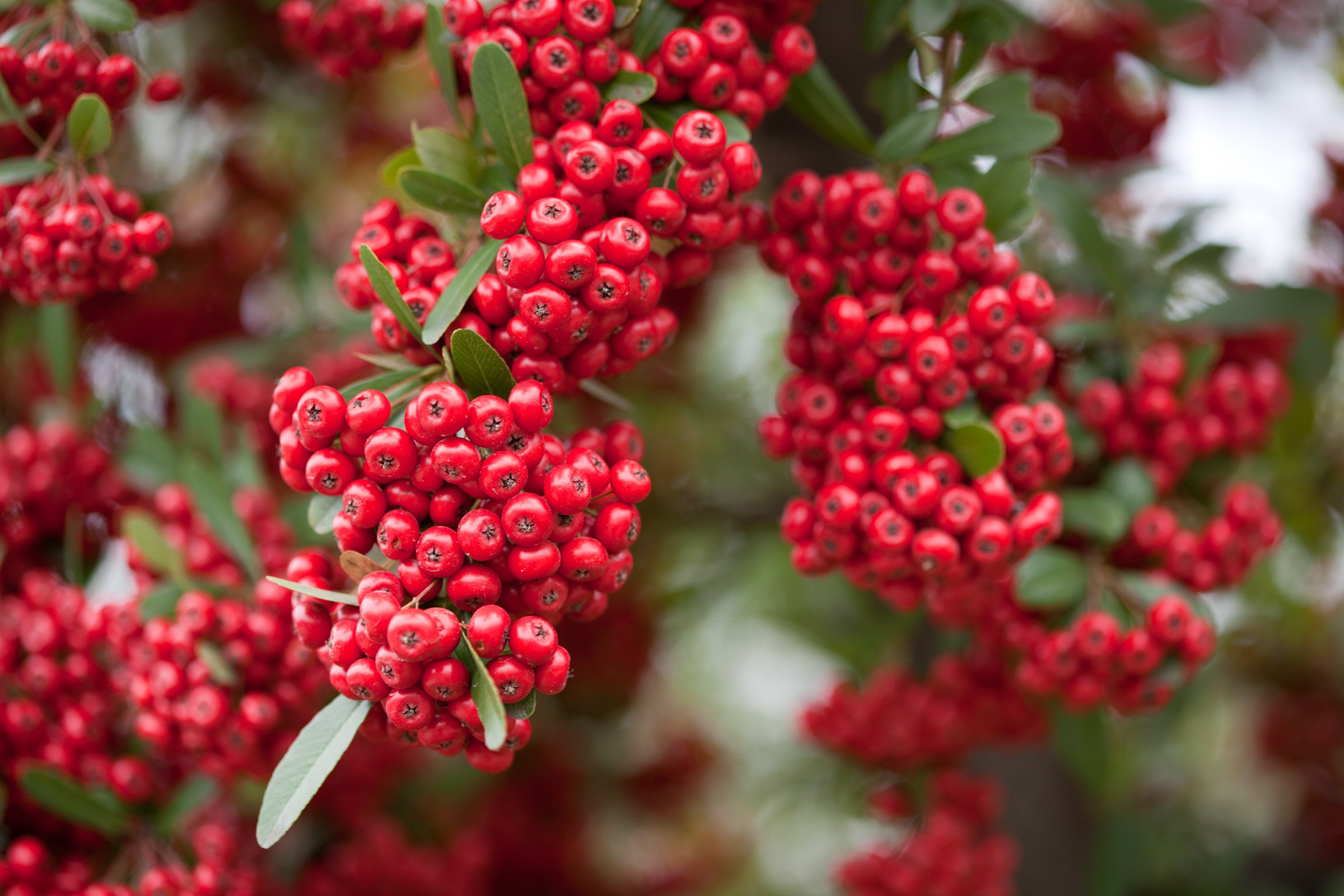
Genus – Pyracantha
Family – Rosaceae
Firethorn shrubs are thorny plants that are likely to grow in any soil. Firethorn is a native vegetation of Asian and Southeastern European areas. Most species of firethorn are cultivated for garden ornamenting—especially fruit-clustered scarlet firethorn species. Firethorn species promote faster growth of shrubs, so this shrub is counted as a great defensive fencing choice for homes.
In addition, it produces very sharp thorns with clusters of berries in large quantities, which ultimately attracts birds. Even though these plants are not used to frequent watering, at earlier growing stages, it is necessary to water them before the soil completely dries out. Once a week, heavy watering would be a balanced choice to nourish firethorn plants properly.
3. Burning Bush
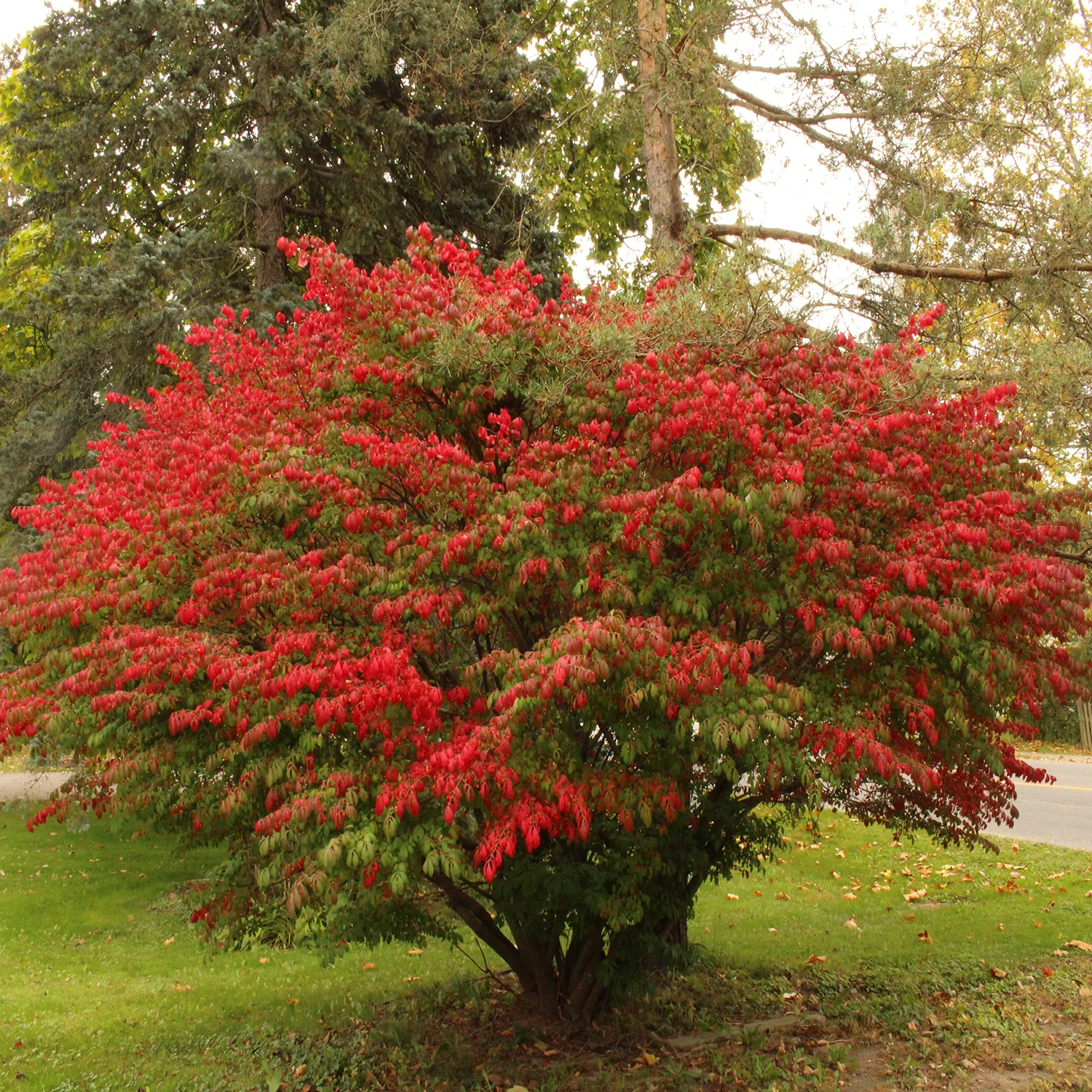
Genus – Euynymus Alatus
Family – Celastraceae
Eastern and North Central US region native spiky plant commonly called with various names such burnish bush, winged spindle tree, winged burning bush, red barberry, etc. Burning bush is also a fast-growing shrub with no preferred soil type for its growth. Red foliage and the multi-stemmed shrubs add an ornamenting feature to this spiky plant.
As far as its maintenance is concerned, this plant requires watering according to its plantation in the space. If it is planted in the proper shade area, it won’t need frequent watering. Whereas if the plant encounters harsh sunlight throughout the day, then it needs frequent watering to keep the soil moist.
4. Holly
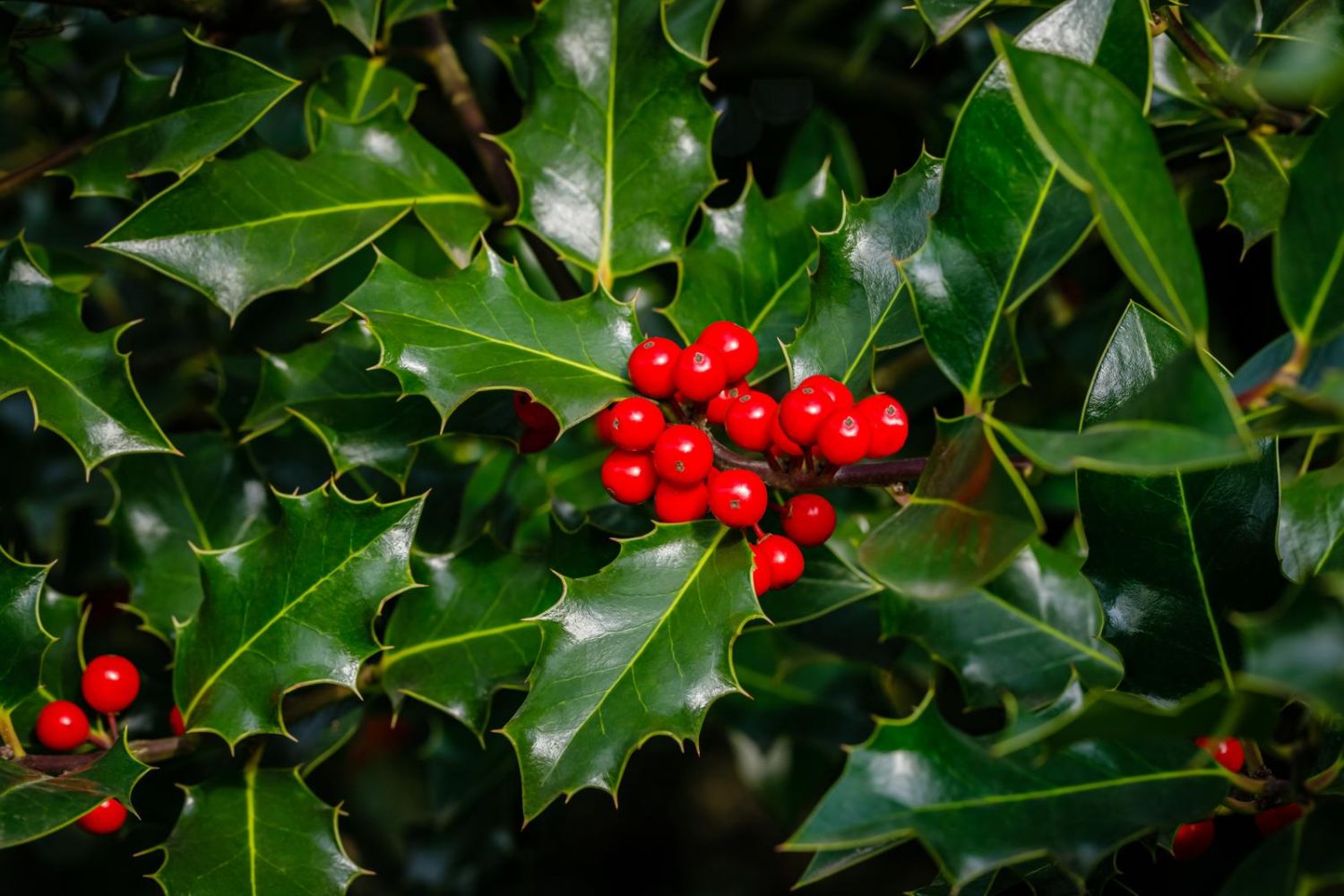
Genus – Ilex
Family – Aquifoliaceae
Evergreen holly plants are what we usually consider for Christmas tree decoration. However, the holly plants have wide varieties, such as shrubs, trees, climbers, etc. This sharp vegetation actually has sharpness due to its prickly leaves. These leaves are glossy, and most garden lovers prefer this dense plant to add charm to the garden with its prickly, evergreen vibes.
Regarding the holly species’ maintenance, they are low-maintenance and advised frequent trimming to shape up the plant. Watering is another important aspect that needs to be taken care of to process the quality growth of holly. Hence, the first 3 months after plantation, the plant required a once in a week of watering. However, the watering should be conducted in the early mornings or the evenings.
5. Blackthorn
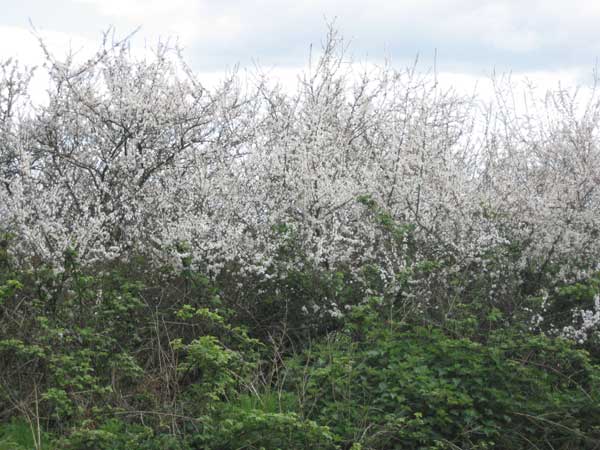
Genus – Prunus Spinosa
Family – Rosaceae
Blackthorn species are native to Western Asian, European, and South African regions. However, they are propagated in various regions such as the US, England, New Zealand, etc., mostly for garden ornamenting and fencing purposes. These plants also need to be pruned, or else they will appear almost like a tree. Blackthorn produces thorns on its branches and also berries.
But these berries contain hydrogen cyanide; hence, they are not edible. This hardy shrub does not prefer daily watering, so twice a week would be a better choice to incorporate proper maintenance of this thorny plant.
6. Trifoliate Orange
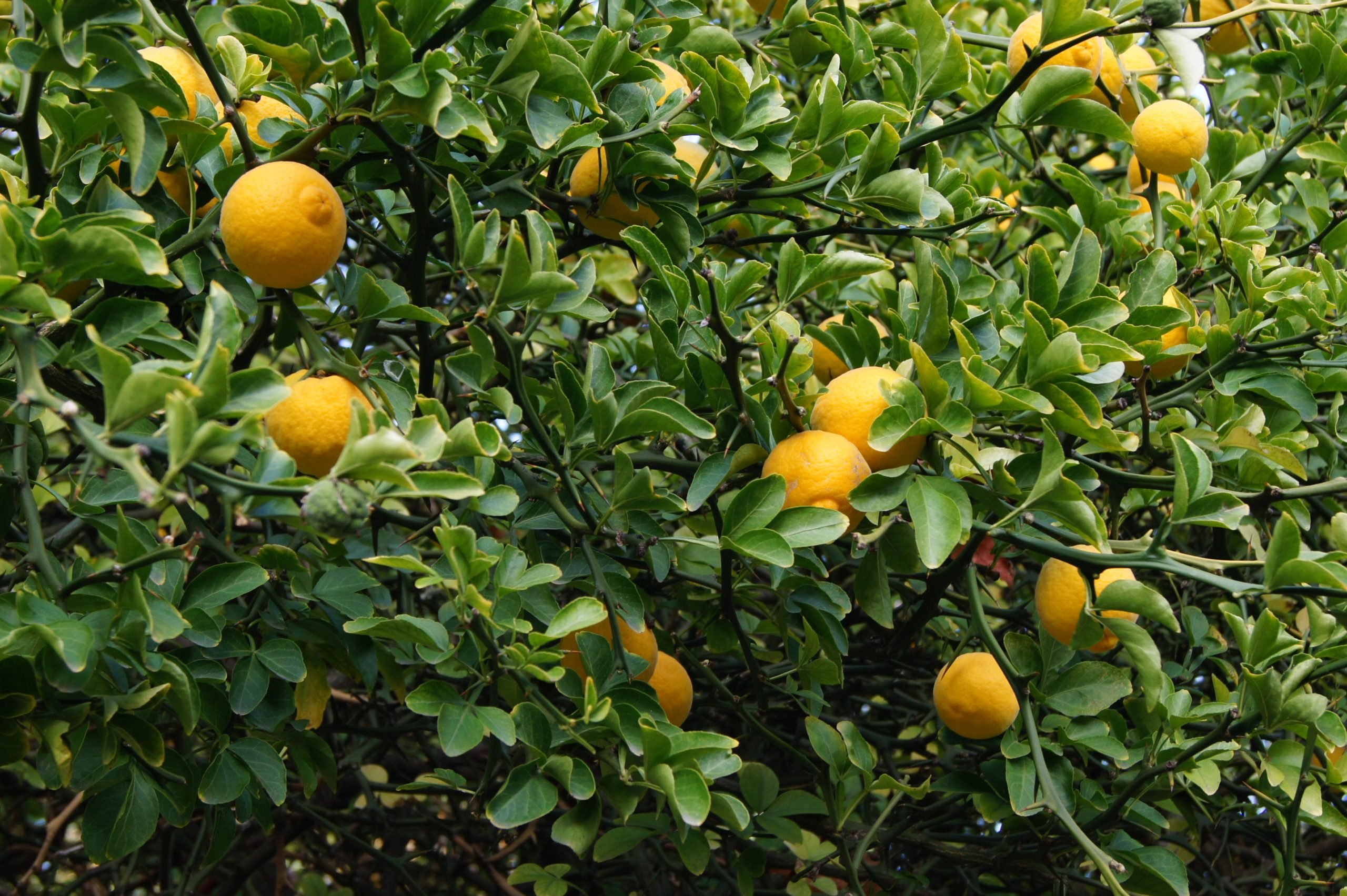
Genus – Poncirus Trifoliata
Family – Rutaceae
Asian native Trifoliate orange is basically a thorny tree that produces edible oranges. However, the plant consists of sharp thorns all over the tree. Moreover, this plant is considered the best defensive barrier due to its entangled growth and entire spiky structure.
This fruit-producing tree requires moderate watering during its budding phase. Whereas after that period, the soil must be moistured with once-a-week watering. On the other hand, in cold weather, the plant must be well-hydrated to resist fruit fall.
Conclusion
Spiky plants have always been a curious topic for many of us due to their sharp structure. However, these plants mostly grow in areas where the weather has lots of heat and less rain. Meanwhile, this is true, but it’s not like they grow waterless around the whole year. However, some of the species of these spiky plants require not very large but moderate amounts of water supply to sustain. Especially recently propagated thorny plants.
So, in this article, we have shared some of the sharp plants that need proper watering for growth. We have shared some interesting facts about the plants along with their maintenance. This article will indeed add value to your different types of vegetation knowledge.

